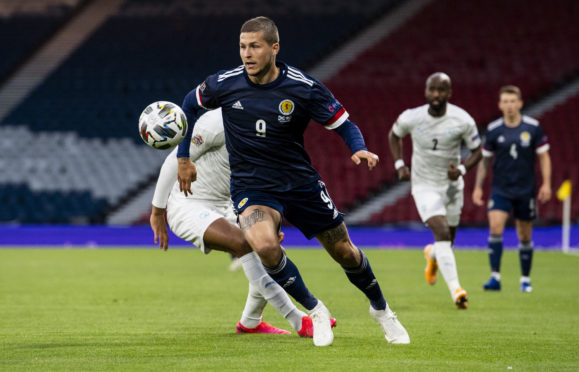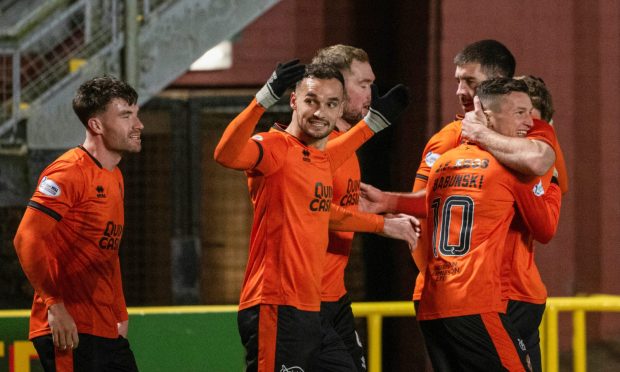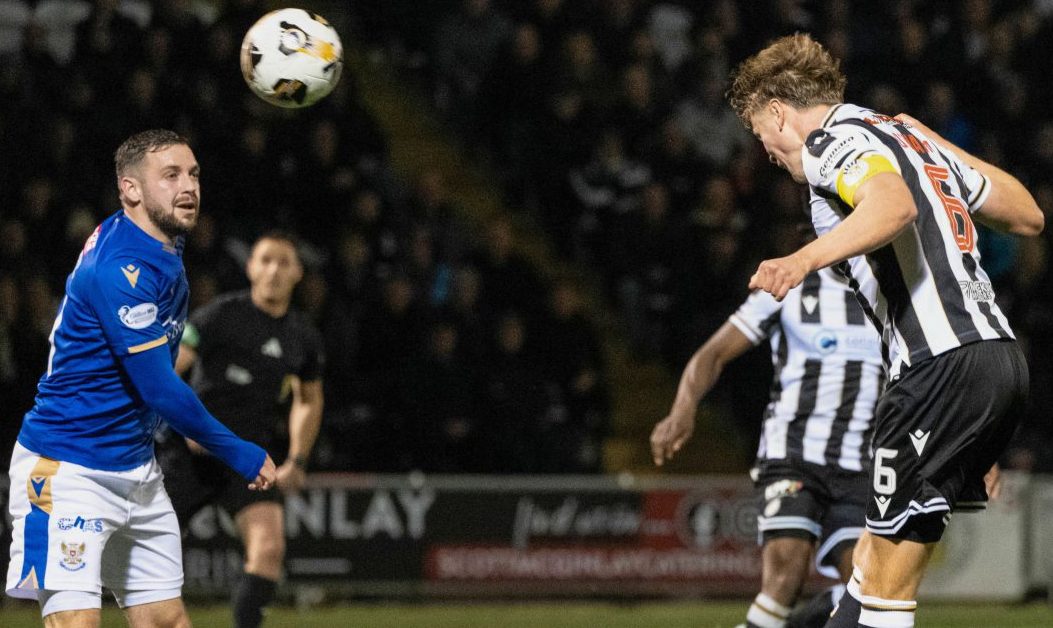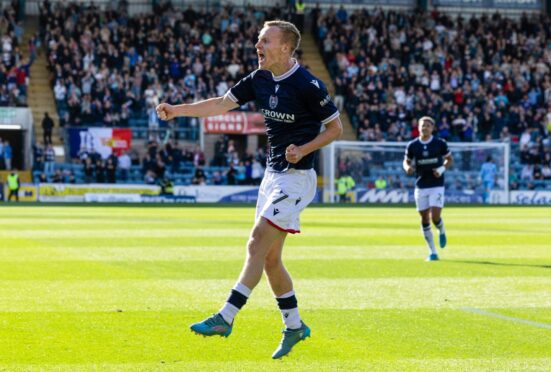So much for the Hampden Hush.
We really don’t want to see an empty national stadium becoming part of the Scottish football fabric.
This was every bit as eerie an experience as it was expected to be.
The fact that it was the first competitive run-out of the season for some of the players and that there was relatively little on the line didn’t help matters but nobody will be remembering last night’s match for the quality of the sport on show.
Scotland created very little and their goal was scored by Ryan Christie from the penalty spot.
Israel got a deserved second half equaliser through Eran Zahavi however both sides seemed quite happy to let the match drift out as a 1-1 draw. That spoke of the lack of intensity in the Tartan Army-less ground, not to mention that everybody knows this was shadow-boxing ahead of next month’s Euro 2020 play-off.
Let’s hope there are some fans in for that one and that Steve Clarke’s side can show more of a cutting edge.
A lot of the pre-match talk surrounded the positions in which Kieran Tierney and Andy Robertson would be deployed for the first contest Clarke has had both of them available to him.
The answer was Robertson at left wing-back and Tierney at left-sided centre-half in a three at the back formation.
It wasn’t the boldest selection of the night from Clarke, mind you. That was picking Scott McTominay, a career midfielder, alongside Tierney and Scott McKenna at the heart of the new-look backline.
Tierney had been given licence to step into midfield when the opportunity presented itself and he did so to good effect twice in the opening 10 minutes.
The first time was a cross to the back post that John McGinn got his head to, resulting in a corner that came to nothing.
And the second was a superb cross-field diagonal that set former Celtic team-mate James Forrest on his way down the right. Forrest delivered a dangerous low cross that Lyndon Dykes wasn’t far away from getting a toe to.
The early work of lone striker debutant Dykes was encouraging.
His touch was sure every time the ball was drilled into him and it wasn’t his fault that on one such occasion, after he released Forrest, that a promising move frittered away.
Dykes did even better to spin off his marker (taking a late tackle on the ankle for his troubles) in the centre circle and lay the ball off to Christie on the left. McGinn was picked out near the edge of the box and when he drove into it he was sandwiched by a pair of Israeli defenders. Not only did he fail to get a penalty, the referee inexplicably awarded a foul against the Aston Villa man.
Attempts on goal were conspicuous by their absence from either team and it came as a bit of a shock when Dor Peretz tried his luck – straight into the arms of David Marshall – on 35 minutes.
McGregor evened the scales five minutes later but his 25 yarder was no better.
A largely unmemorable first half redeemed itself with a game-changing few minutes at the end of it.
McTominay looked like a central midfielder playing in central defence when he misjudged the flight of a cross from the right after a slick move from Israel. Munas Dabbur’s powerful header was kept out by Marshall and when the rebound came back into the six-yard box, Dabbur was flagged offside.
Instead of going into the break one down, Scotland went in one up.
A corner was met by Dykes and his cushioned knock-down found McGinn, who was clumsily felled by Eytan Tibi.
A penalty was awarded and Christie got 10 out of 10 for his spot-kick, giving Ofir Marciano no chance with his strike into the top corner.
Scotland began to keep the ball better after the re-start and it was a sign of their growing confidence – and match sharpness – that McTominay was the furthest forward player at the end of a prolonged spell of possession. Unfortunately his cut-back from the byeline couldn’t find another man in dark blue.
Virtually all of Dykes’ good work had been with his back to goal but he showed that his pace can be a potent weapon through the middle if the pass is right. The QPR won his foot race with his marker on 70 minutes but McGinn’s ball over the top had just too much on it and Marciano was able to rush out to thwart him.
Three minutes later Israel had their equaliser and it was a goal of the highest quality.
Zahavi played a lovely one-two in a tight space on the edge of the box and then lashed a right foot shot into the roof of the net.
Clarke made his first substitute straight after – Oliver Burke for Dykes. And Stuart Armstrong replaced McGinn moments later.
They were joining a Scotland team on the back foot, though. If there was a side going to grab a winner, it was looking like being Israel.
The nearest the Scots came to carving out a late chance – it had been a long time since there had been one of them – was when Robertson picked out Christie, who tricked his way into a threatening position only to chip the ball into Marciano.










